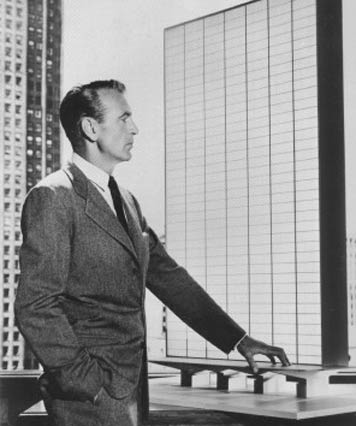 You do. If you want superior results and the best return on your investment.
You do. If you want superior results and the best return on your investment.
Architects are kinda like prostitutes. They perform a service we could do by ourselves, if absolutely necessary, but the process goes a little more smoothly, and the results are far more satisfying with the aid of a professional.
Almost anyone with an ounce of taste and good sense can execute a remodel without an architect. And for your average run-of-the-mill middle-market or down-market flip or rental property, that may be all you need – a slap of paint, whatever tile you can get on sale, some inexpensive fixtures from Home Depot and voila! Job done.
For more extensive remodels (moving walls, building additions, etc.) a good contractor can get your ideas drawn-up and signed-off by an engineer. Some contractors consider themselves amateur designers or (unlicensed) architects – and some of them are pretty adequate at meeting the needs of their clients. But if you’re dealing in the luxury market, or even want to get top-dollar for an ordinary house, get yourself a pro.
Design Integrity
Designer showcase houses where every room is done by a different designer may be fun to look at, but would you really want to live in it? A good house calms the spirit and lifts the soul. A poorly designed home creates visual chaos and subliminal stress. Think about houses you’ve been in that please you versus those that confuse you. Room flow, sight-lines, massing and proportion are vital – but they’re only the foundation. The finishes, the hardware, the lighting, the colors and textures – they can make or break an otherwise good house. It’s what I call “design integrity” and what one of my architects calls the “language” of the house.
Here are some basic rules of design I’ve learned from working with architects:
1. Be consistent with finishes: Carrying the same cabinetry finishes and countertops throughout the kitchen and baths makes the house feel larger, calmer, and more “designed”. Some designers even believe in using the same tile throughout all the bathrooms, but I sometimes like to vary tile color or shape to give a powder room or guest bath a different attitude than a master bath, while staying within the same family (glass, stone, ceramic, etc.) When done right, this doesn’t result in a bland house, but in a house with a strong visual presence.
2. Be consistent with your hardware and fixtures: Doorknobs and drawer-pulls are called the “jewelry” of a house. Like jewelry on a beautiful woman, it should all work together. A well-dressed woman wouldn’t mix gold and silver jewelry and neither should your house. Whether it’s polished chrome, satin nickel or oil-rubbed bronze, pick one finish and carry it throughout the house – everywhere – including window and door hardware, cabinetry knobs and drawer-pulls, plumbing fixtures, everything. Mixing and matching confuses the observer and creates subliminal stress.
3. Be consistent with flooring: A different floor in each room adds to the visual chaos and breaks up the spaces into separate smaller spaces. Whether you’re using hardwood or tile, carry it through everywhere you have a solid floor surface and the house will feel more expansive. When you do alter the flooring, use it to define different spaces – carpet in the bedroom or tile in an entry foyer, for example. But try to limit it to no more than two or three flooring materials for your house and carry them throughout. Using tile, slate or concrete indoors and continuing it out to a patio brings the outdoors in. And blurring the line between indoors and out is what mid-century modern design is all about.
4. It’s not just visual, it’s tactile. Think about the things you touch most often in a house – doorknobs, drawer-pulls, faucets, etc. These things should feel solid and rich and work with precision, this is not the area to go cheap to save money. Think of the sound you get when you shut the door of a Bentley versus a Yugo. You want your house to be the Bentley.
A good architect is certain to do a better job of this than you could do on your own. The benefits may seem intangible but I assure you this will add real value by creating a house that stands apart from the rest. And if done correctly, the added cost of engaging an architect will more than pay for itself in substantially higher returns.
Remember, you are creating a product with lots of competition and it’s your job as the owner/builder (or “flipper”) to create a house with a competitive edge that people will remember – whether it’s in Beverly Hills or Compton.
Read about how to find and hire a contractor here. And look for other postings here about design and how to find, hire, and negotiate a contract with an architect as well as the option of working with a “design-build firm”.




